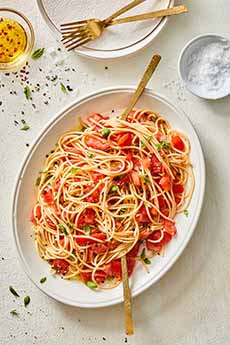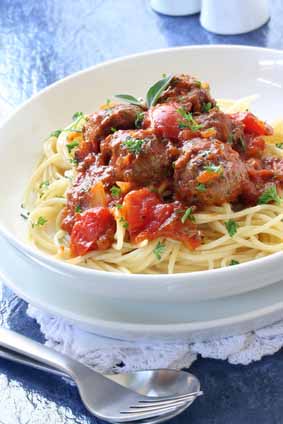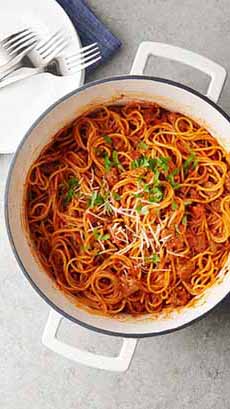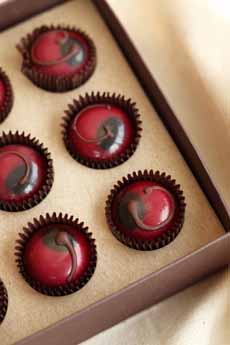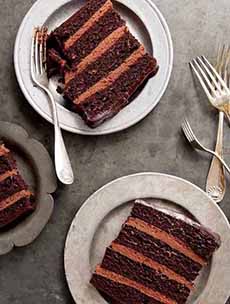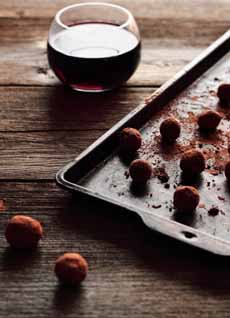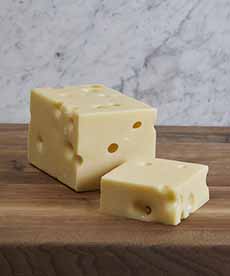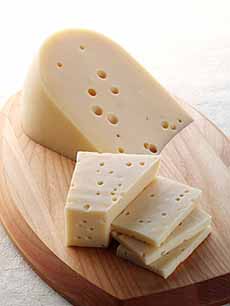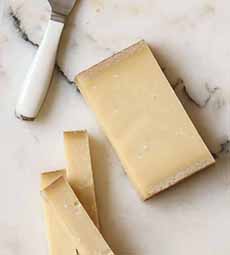|

[1] A Tom and Jerry in special Tom & Jerry cups. Here’s the recipe (photos #1, #2, and #3 © House Of Hawthornes).

[2] Different companies created Tom and Jerry punchbowl and cup sets in the 1940s. This set is from Hazel Atlas, a prominent producer.

[3] This set, from Homer Laughlin, is more elegant.
|
|
December 24th is National Egg Nog (or Eggnog) Day. Most Americans know the drink as full of cream, rum, brandy,
Is it eggnog or egg nog? Modern philologists consider that eggnog has become a closed compound word, i.e., a word derived from two separate words joined together without a space between them.
Closed compound words evolve over time. There are many examples, a few of which are bookstore, cupcake, dishcloth, flowerpot, keyboard, mailbox, notebook, pancake, railroad, and snowball.
And thus, eggnog.
Eggnog is a descendant of milk-and-wine punches that had long been part of European celebrations and came to the New World with the colonists.
Rum, a New World spirit, was a better (e.g., higher-proof) substitution for the wine, and eggnog laced with rum became a popular wintertime drink throughout Colonial America.
President George Washington’s own recipe, which included rye whiskey, rum, and sherry, was reputed to be so stiff a drink that only the most courageous could down it.
But there was no brandy in colonial eggnog. Brandy joined rum in the basic recipe much later—as part of a book promotion!
THE HISTORY OF THE TOM AND JERRY: EGGNOG WITH BRANDY
In the 1820s, Pierce Egan (1772–1849) a British journalist, sportswriter, and writer on popular culture wrote a novel called “Life of London: or Days and Nights of Jerry Hawthorne, Esq. and His Elegant Friend Corinthian Tom.” You can pick up a copy on Amazon.
Just as today’s mixologists and publicists know how to generate buzz with a new cocktail, Egan created a variation of eggnog he called the “Tom and Jerry,” after his characters. As a publicity stunt to promote his book, the half ounce of brandy he added to the basic recipe—which already had rum—and ended up furthering eggnog’s popularity. More booze, why not?
The original name, eggnog, prevails in most places.
The first printed reference in the U.S. appears in 1862, in Jerry Thomas’s book, How to Mix Drinks, Or, The Bon-vivant’s Companion.
In the midwestern United States, the name Tom and Jerry is preferred to eggnog. In some places, the phrase “Tom and Jerrying” meant indulging in loud, drunken behavior.
Here’s a classic Tom and Jerry recipe from House of Hawthornes, which collects the vintage Tom and Jerry sets shown in the photos.
According to Atlas Obscura: “Historians are unclear as to why the Tom and Jerry has become such a Christmas staple in the Midwestern United States, but it was popular enough to merit a cottage industry of Tom and Jerry drink sets, consisting of punch bowls and mugs inscribed with the drink’s name in Old English font.”
You can find vintage Tom and Jerry cup and punchbowl sets online, but we’ll leave the collecting to others.
Atlas Obscura continues, “Milk glass Tom and Jerry sets produced by the Hazel-Atlas and Mckee Glass companies were fairly common in the 1940s through 1960s.
“A New York Times article about the cocktail quotes author Jim Draeger, who wrote a book on Wisconsin’s historical taverns, as surmising that the Tom and Jerry became a Wisconsin staple because the state has an affinity for brandy drinks, and is well-known as a dairy state.”
> How eggnog got its name.
> 20+ eggnog recipes, including diet eggnog.
|
